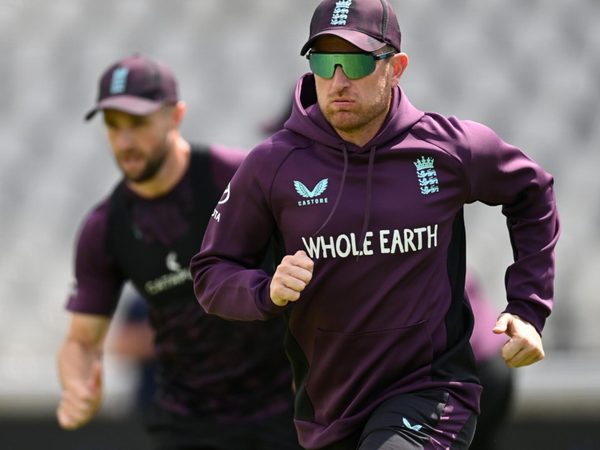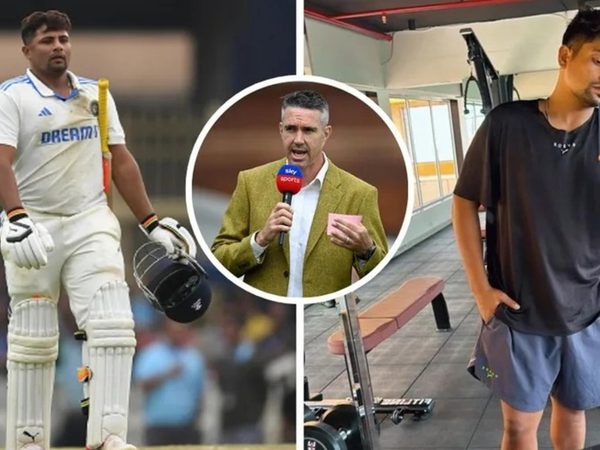
Tom Kohler-Cadmore has been wearing a Q-Collar while playing for Trent Rockets during the 2023 Men’s Hundred: what does cricket’s new protective gear do?
Subscribe to the Wisden Cricket YouTube channel for post-match analysis, player interviews, and much more.
Cricket has been surprisingly late to adapt to new protective gear designed to protect head and neck areas, in addition to helmets. Barring the early makeshift adaptations, even helmets didn’t become mainstream until the late 1970s.
Over time, cricket embraced the helmet, but it wasn’t until Phil Hughes’ tragic demise in 2014 that cricket became more careful about head injuries.
In 2019, Marnus Labuschagne became Test cricket’s first full-time substitute when Steve Smith suffered a concussion after being hit on the head by Jofra Archer during an Ashes Test match at Lord’s. Helmets also became better equipped, with neck guards becoming more widely used. Playing conditions have also become more stringent.
Earlier this year, the County Championship match between Sussex and Worcestershire had to be stopped when the umpires realised that Smith’s helmet did not meet the ECB’s requirement of having a neck protector.
During the 2023 Men’s Hundred, Trent Rockets wicketkeeper Tom Kohler-Cadmore walked out to bat with a Q-Collar around his neck as extra protection.
What does the Q-Collar do?
Developed by Q30 Innovations, the Q-Collar – a light, cushioned collar that athletes wear around the lower neck – can “make players who wear it safer, with rule changes and safety protocols mitigating any tendencies toward recklessness”.
Q30 Innovations chief executive Tom Hoey added that the Q-Collar “reduces the injury and changes to the brain caused by subconcussive impacts”. It is “snug enough to constrict the slightest bit of blood flow but not too tight to cause discomfort”.
The payoff from the collar could be significant. Hoey, the Q30 chief executive, said the company expects $100 million in sales during the next five years from just one percent of its target market.
The collar can also benefit players in more high impact sports. More than two million students in the United States played high school football, lacrosse, hockey or soccer last year. All are considered activities with a high risk of subconcussive head impact. Millions more play at the youth and college level.
In October, Q30 announced that the US Army had signed them a US$ 2.8 million research contract to “study whether the Q-Collar can help lower the risk of brain injury to soldiers exposed to explosions.”
Footballers – soccer or the NFL – have all embraced the Q-collar some time ago. Cricket, being not as much a body-contact sport, has taken its time, though the device may gain popularity over time.







